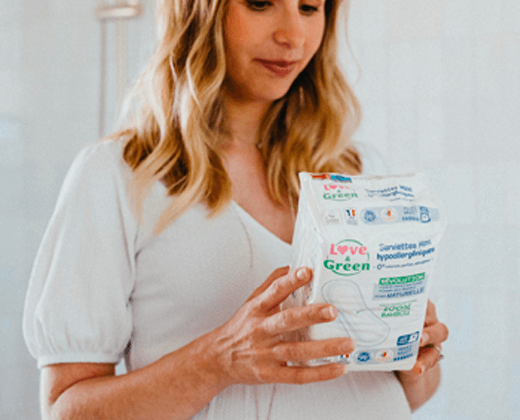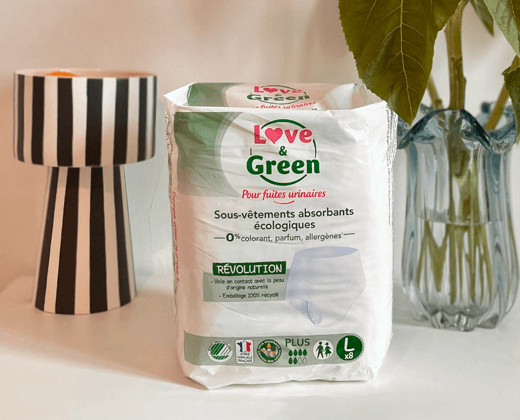Food diversification is a crucial step in the development of your child. It consists in gradually introducing foods in your baby's diet, generally between 4 and 6 months, depending on the recommendations of pediatricians. This period is not only essential for physical development, but it also plays a key role in the discovery of flavors and textures. We tell you more with Doctor Emilia Pires, general practitioner.
Why diversify your baby's diet?
-
Nutritional : From 6 months, breast milk or infant milk is no longer enough to cover your child's growing nutritional needs. Diversification provides essential nutrients such as iron, vitamins and fibers.
-
Discovery of tastes : Introduce different foods helps your baby develop their food preferences and get used to a variety of flavors and textures. The more the child discovers foods the less he will have any risk of allergies, the more he will develop his taste for different flavors.
-
Preparation for a balanced diet : Good food diversification from an early age promotes healthy eating habits that can continue in adulthood.
-
Skills development : By learning to eat solid foods, your child develops its fine motor skills and chewing skills.
When to start food diversification?
Most experts recommend starting food diversification between 4 and 6 months. Here are some signs that your baby is ready:- He can sit with little or no support.
- It shows interest in food when adults eat.
- He can open his mouth and pull his tongue to accept food.
- He lost the expulsion reflex (rejection of the language) which prevented him from accepting solid foods.
How to diversify your baby's diet?
-
Start with simple foods : Vegetable and cooked fruits purees are ideal for starting. Foods such as carrot, sweet potato, zucchini or banana are often well tolerated. Doctor Pires, recommends starting with the vegetables at lunch before the milk and then the fruits to taste before milk.
-
Add a teaspoon Oil in industrial purees and pots (olive, sunflower, rapeseed, nuts, etc.) it is necessary for the development of the baby's nervous system.
-
Test the proteins : Between 6 and 8 months, you can start introducing proteins such as white meats, fish, eggs. Make sure to cook and mix or crush food to facilitate chewing. Be careful to respect the recommended doses for each age group. The Vegetarian/Vegan Diet can have consequences for the development of the child. Talk to your doctor.
-
Vary the textures : As your baby gets used to purees, you can start introducing more varied textures, such as well-cooked pieces, crushed foods or even pieces in pieces from 8-9 months. Always under surveillance when the pieces are introduced. If you are considering a DME (diversification led by the child, with songs) talk to your doctor.
-
Watch allergies : Introduce a new food at a time. Current allergens include eggs, dairy products, gluten, peanuts and hull fruits. It is preferable to introduce a new food for 2-3 days to ensure the lack of allergic reaction, and, for the same reason, not to introduce several new foods at the same time
-
Listen to your baby : Respect your child's hunger and satiety signals. Don't force your baby to eat if he doesn't want to.
Practical advice for successful diversification
-
Create a routine : Establish a regular meal schedule helps your child get used to the new diet.
-
Be patient and flexible: Each child has their own learning rate and preferences. Do not discourage yourself if your baby refuses certain foods, but do not hesitate to try again later or in another form or mixed with another to alleviate the taste/ texture.
-
Involve your child : Let your baby explore food with his hands. This can promote the interest and acceptance of new textures.
-
Avoid sugar and salt : Do not add sugar or salt to the foods for your baby, as it could influence its taste preferences.
To conclude, food diversification is an exciting and essential step in your baby's life. By gradually introducing solid foods, you contribute to its physical development and the construction of its eating habits. Take the time to explore this new culinary adventure with your child, and do not hesitate to ask your pediatrician or general practitioner for advice if you have questions or concerns. Each little taste discovered is a step towards a balanced and varied diet!
Article co-written with Doctor Emilia Pires, general practitioner.





















